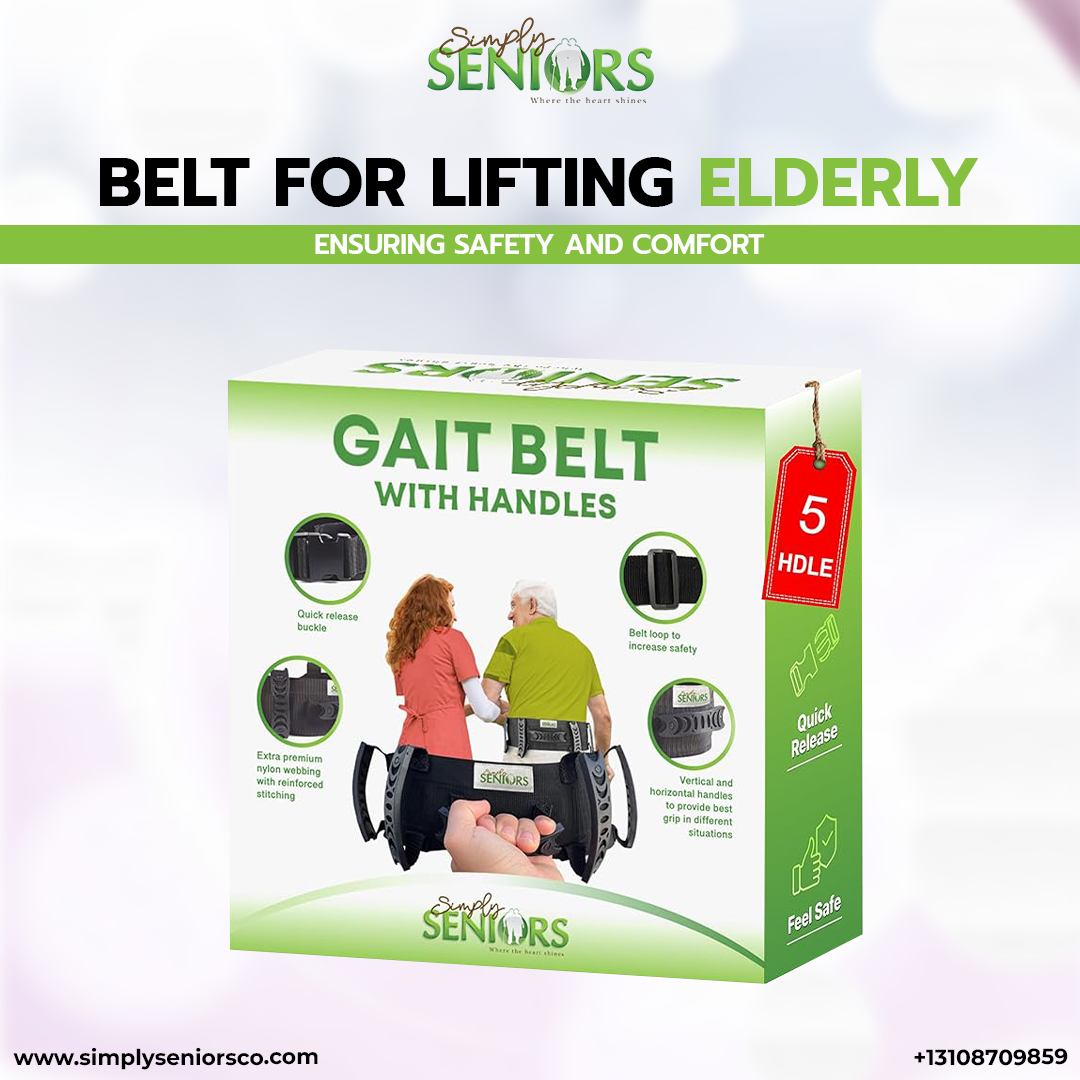As individuals age, mobility challenges become increasingly common, leading to a higher risk of falls and injuries. Caregivers often face difficulties in assisting seniors with movements such as standing, walking, or transferring from one position to another.
To address these challenges, specialized belts designed for lifting and supporting the elderly have become essential tools in promoting safety and comfort for both seniors and their caregivers.
Table of Contents
- Understanding the Need for Lifting Belts
- Types of Lifting Belts Available
- Key Features to Consider When Choosing a Belt
- Proper Usage and Safety Tips
- Benefits of Using Lifting Belts for Seniors
- Conclusion
Understanding the Need for Lifting Belts
Mobility limitations in seniors can result from various factors, including muscle weakness, balance issues, or medical conditions such as arthritis or Parkinson’s disease. These limitations not only affect the individual’s independence but also pose challenges for caregivers during daily activities. Lifting belts, commonly known as gait belts, are designed to provide support during movements, reducing the risk of falls and ensuring safer transfers.
Without proper assistance, seniors may struggle with standing up from a seated position or moving between a wheelchair and bed. Caregivers, in turn, may experience physical strain from improper lifting techniques. A well-designed lifting belt can be a game-changer, enhancing safety while reducing the risk of injury for both parties.
Types of Lifting Belts Available
There are several types of lifting belts tailored to meet different needs:
-
Standard Gait Belts
Simple belts used to assist with walking or transferring.
-
Gait Belts with Handles
Equipped with multiple handles to provide caregivers with better grip and control.
-
Padded Gait Belts
Offer additional comfort for the user during transfers.
-
Quick-Release Gait Belts
Feature buckles that allow for rapid fastening and unfastening.
-
Heavy-Duty Transfer Belts
Designed for individuals requiring maximum support and stability.
Choosing the right type depends on the senior’s mobility level, the caregiver’s needs, and the frequency of use.
Key Features to Consider When Choosing a Belt
When selecting a lifting belt, consider the following factors:
-
Material
Opt for durable and easy-to-clean materials such as nylon or cotton.
-
Adjustability
Ensure the belt can be adjusted to fit various body sizes.
-
Handles
Multiple handles provide better support and ease for caregivers.
-
Buckle Type
Quick-release buckles enhance safety and convenience.
-
Weight Capacity
Check the belt’s weight limit to ensure it suits the user’s needs.
Investing in a high-quality belt can make daily transfers smoother, safer, and more comfortable.
Proper Usage and Safety Tips
To maximize the benefits and ensure safety:
-
Training
Caregivers should receive proper training on how to use the belt effectively.
-
Positioning
Place the belt around the user’s waist, ensuring it’s snug but not too tight.
-
Communication
Always inform the senior about the process to ensure their comfort and cooperation.
-
Regular Inspection
Check the belt regularly for signs of wear and tear.
-
Correct Lifting Technique
Use your legs, not your back, to avoid injuries.
Proper usage can significantly reduce the risk of falls and improve confidence for both the caregiver and the senior.
Benefits of Using Lifting Belts for Seniors
The advantages of using lifting belts include:
-
Enhanced Safety
Reduces the risk of falls during movement.
-
Improved Mobility
Assists seniors in moving more confidently.
-
Reduced Strain for Caregivers
Minimizes physical strain during assistance.
-
Increased Independence
Encourages seniors to participate more actively in daily activities.
-
Cost-Effective Solution
An affordable alternative to mechanical lifts or assisted living facilities.
Find the Perfect Solution For Your Loved Ones Today!
Incorporating lifting belts into the care routine can significantly enhance the safety and comfort of both seniors and caregivers. By choosing the right belt and using it properly, mobility challenges can be effectively managed, promoting a better quality of life.
Also, explore our range of high-quality Gait Belts for Seniors designed specifically for ease and safety.


